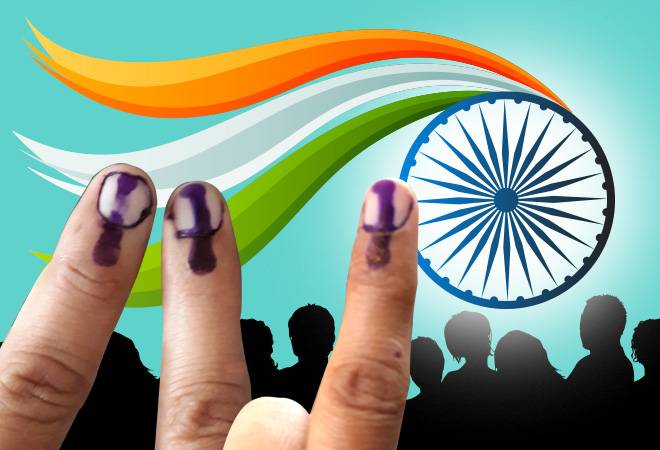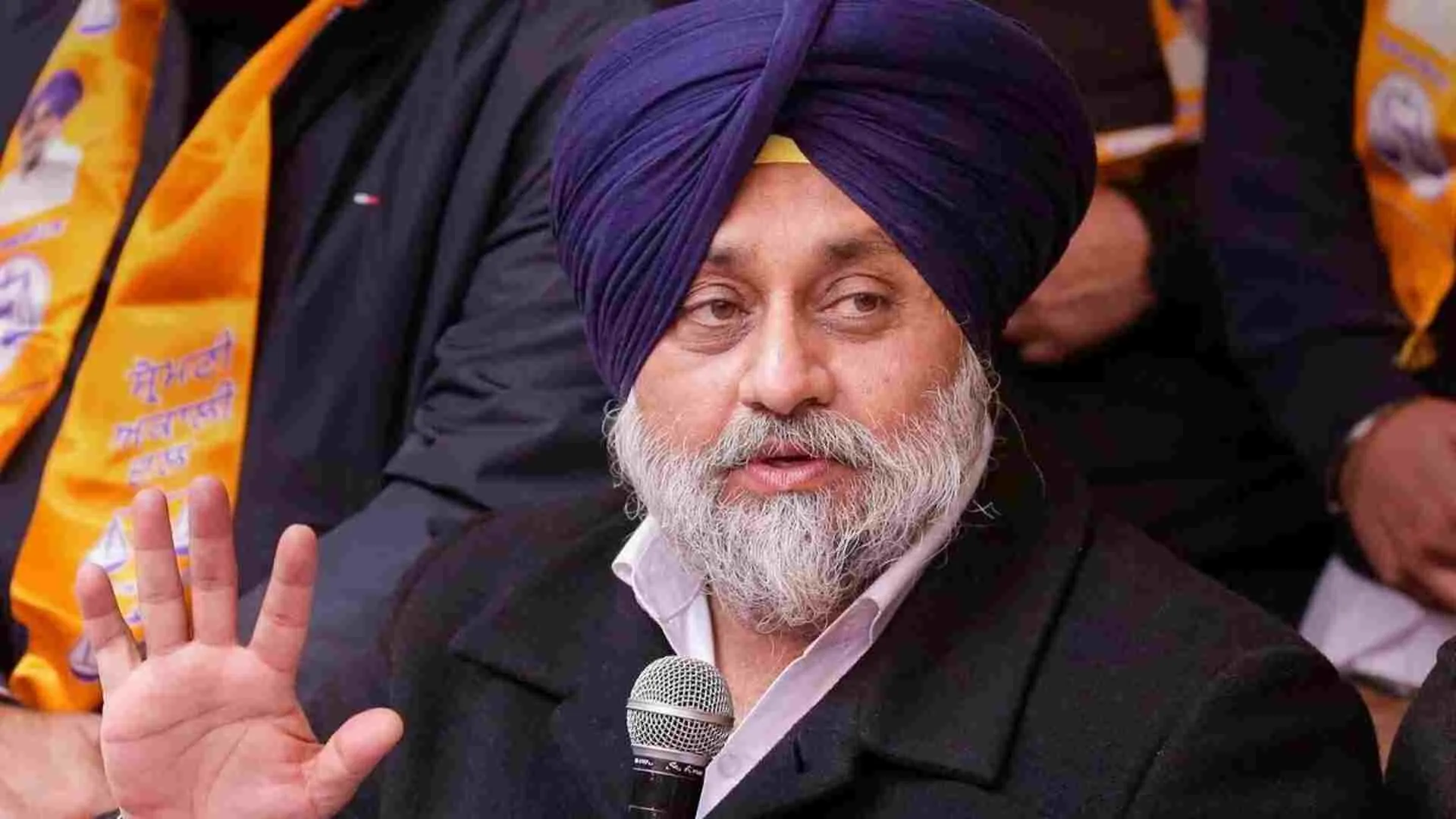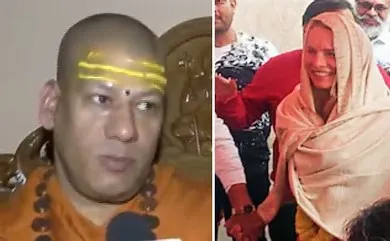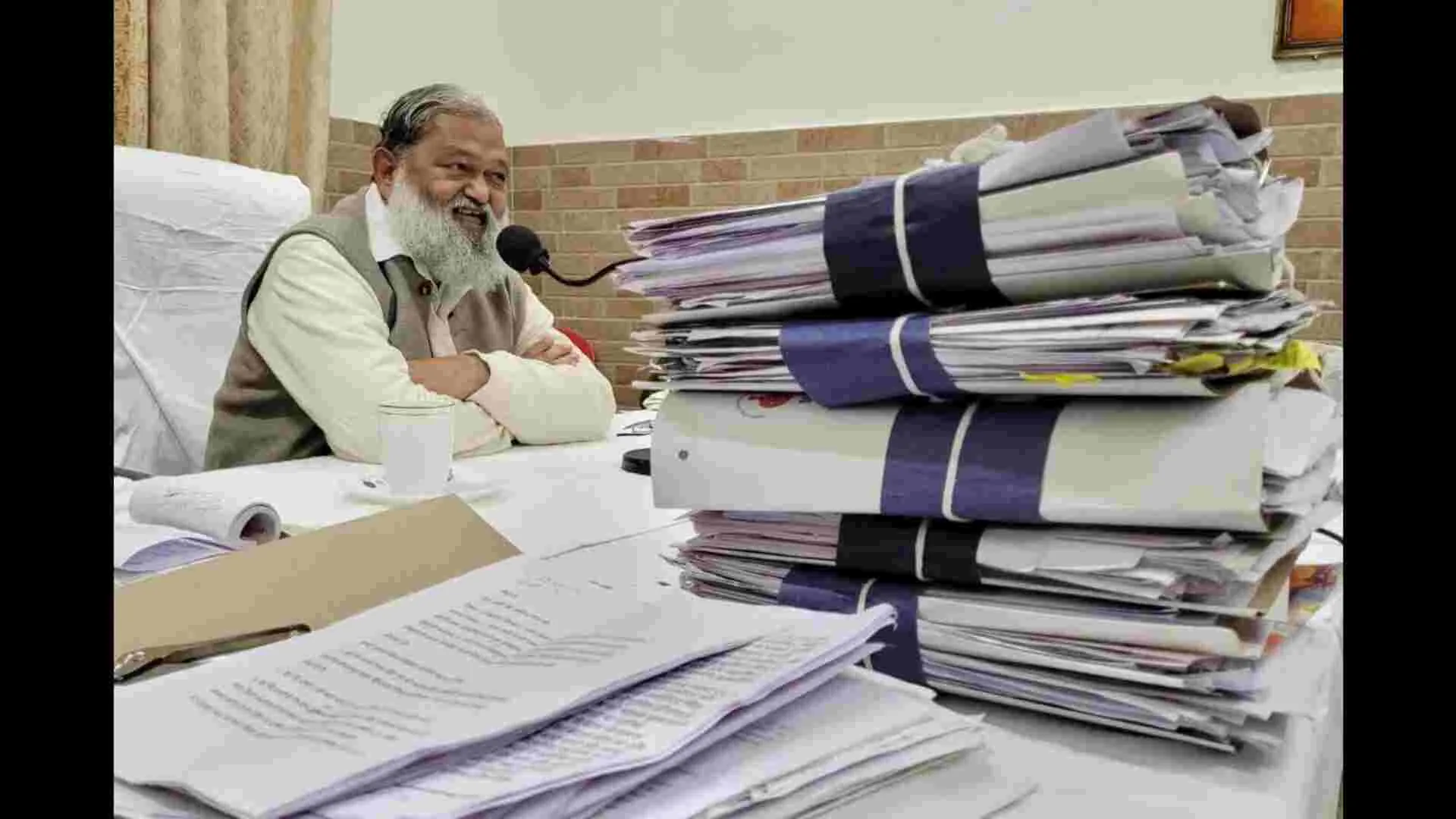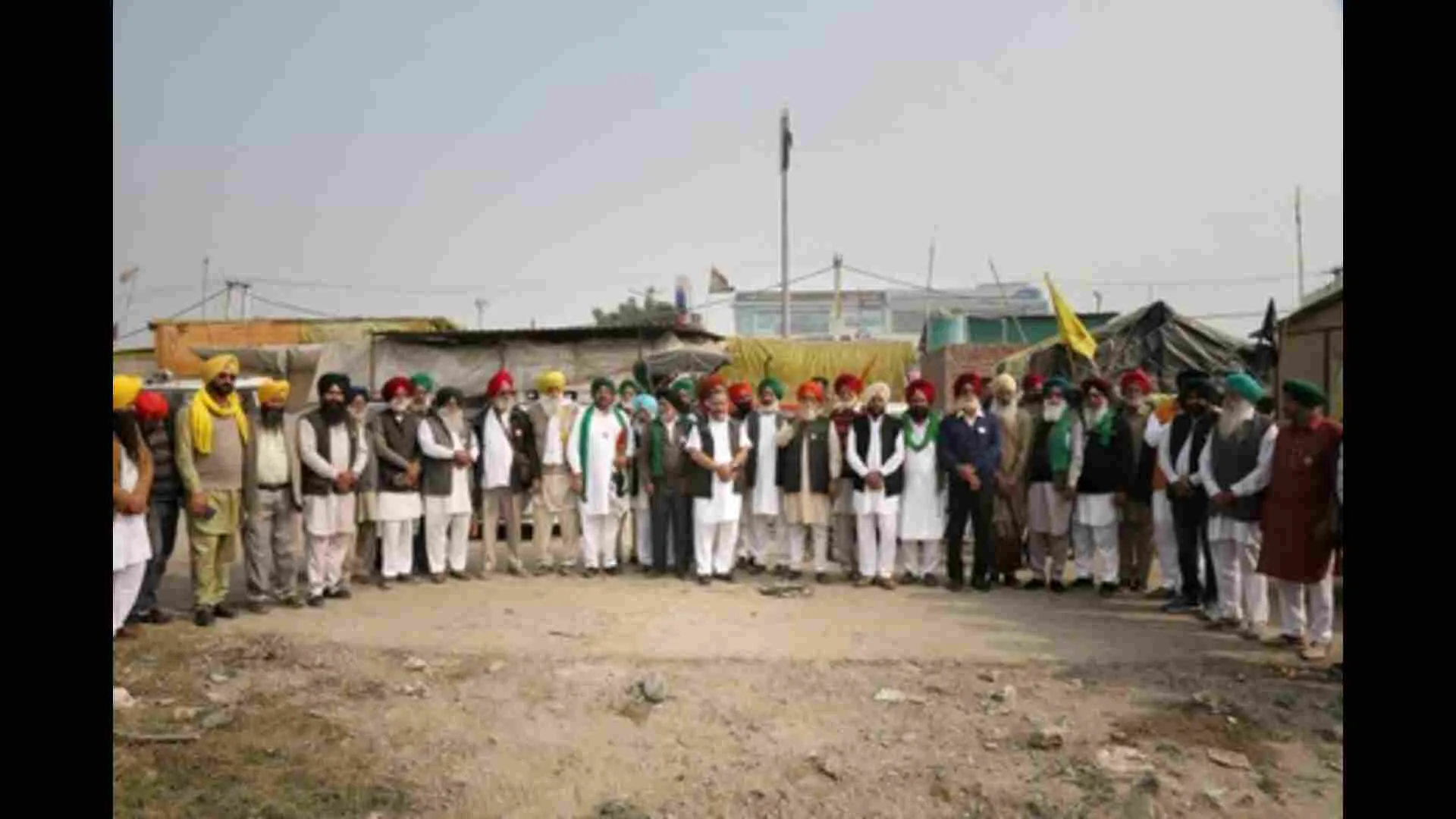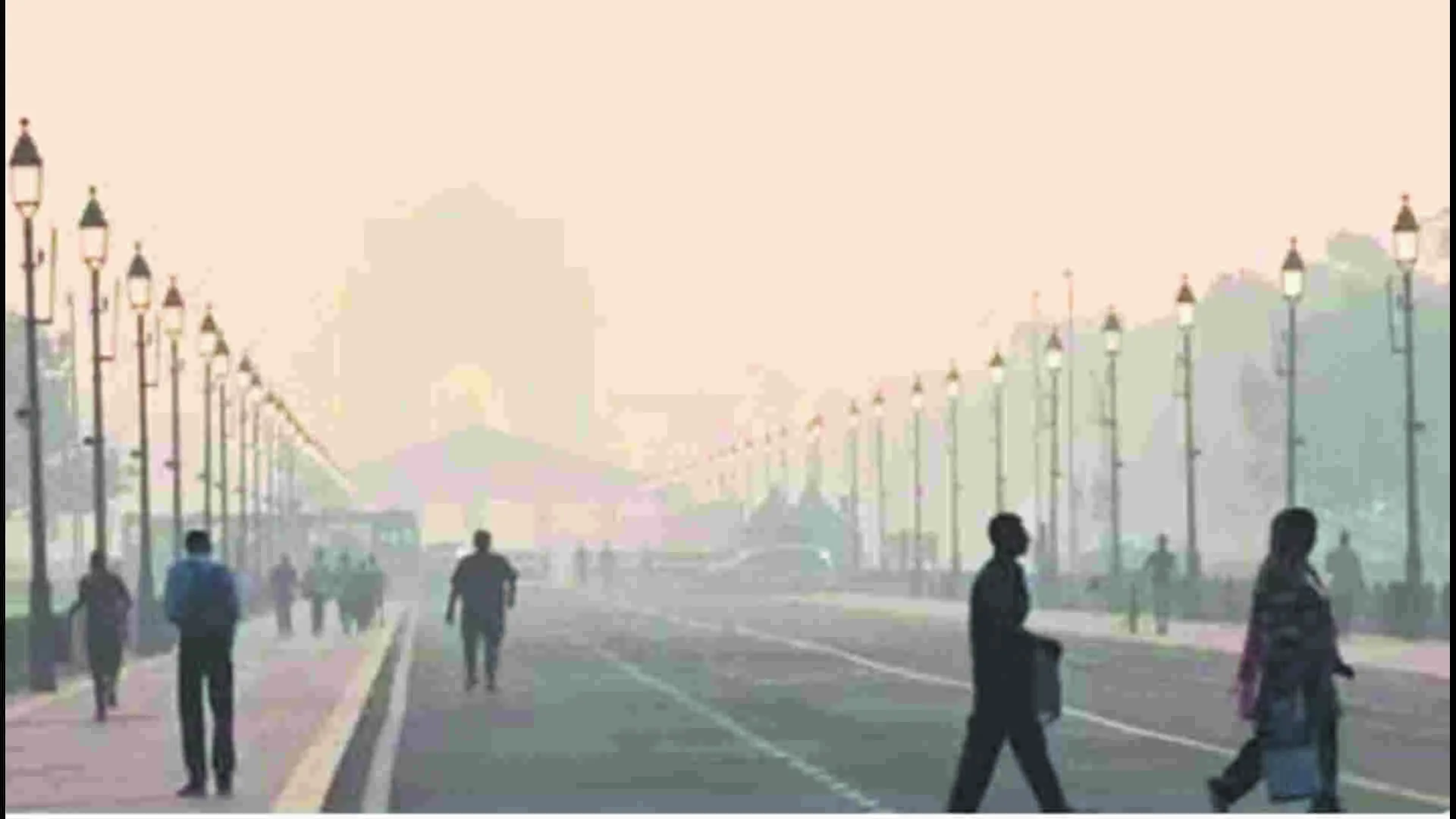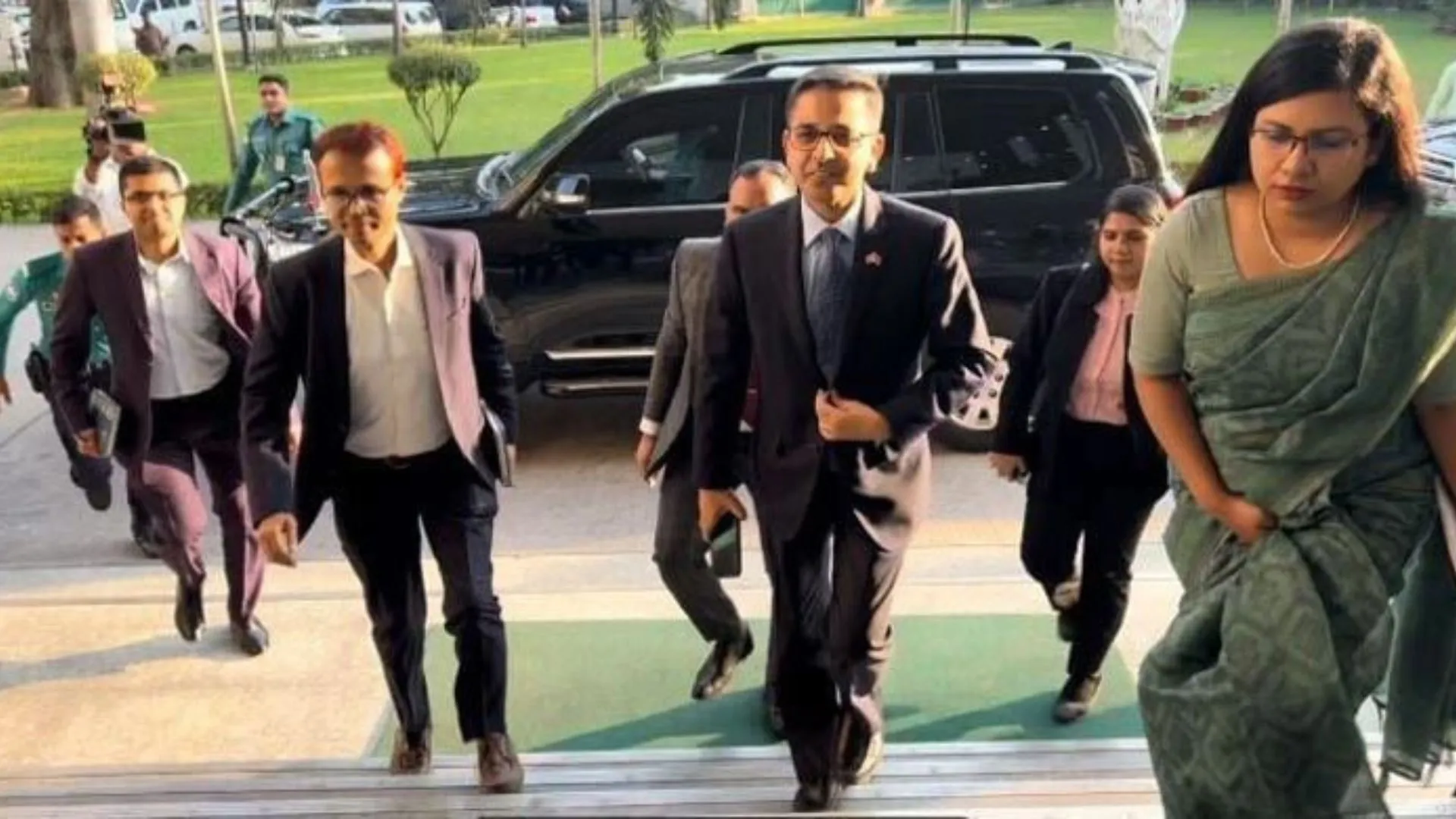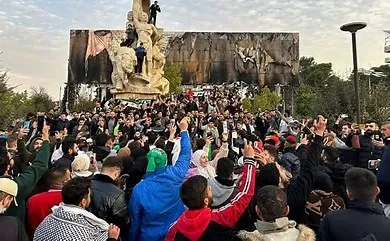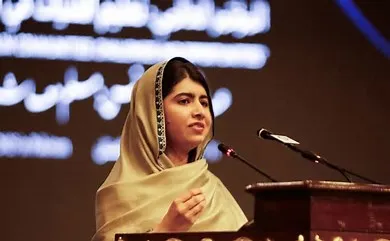Phase-wise Voter Turnout Trends
The phase-wise voter turnout data reveals the 2024 elections witnessed a slight decline in overall turnout compared to 2019.
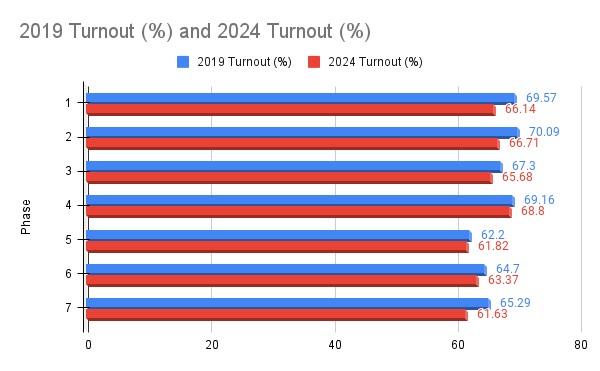
Vote Share Dynamics
The vote share analysis reveals shifts in the political landscape between the 2019 and 2024 elections. While the BJP and the NDA alliance experienced a decline in their vote share, the Indian National Congress made substantial gains, increasing its share from 19.67 % in 2019 to 21.22% in 2024.
The BJP’s decline in vote share, from 37.7% in 2019 to 36.58% in 2024, could be a reflection of voter dissatisfaction with the party’s performance, the impact of economic challenges, or the effectiveness of the opposition’s campaign strategies.
Seat Distribution and Alliance Dynamics
The 2024 Lok Sabha election results marked a significant departure from the previous election’s outcomes. The BJP, while retaining its position as the single largest party, witnessed a substantial reduction in its seat count, dropping from 303 seats in 2019 to 240 seats in 2024. Conversely, the INC made significant gains, increasing its seats from 52 in 2019 to 99 in 2024.
This shift in seat distribution had a profound impact on alliance dynamics. The NDA, which had secured 337 seats in 2019, saw its tally reduced to 292 seats in 2024. On the other hand, the India alliance witnessed a remarkable surge, increasing its seat count from 120 in 2019 to 232 in 2024.
The rise of regional parties significantly influenced alliance formations, shaping the 2024 election results. Key players included the Samajwadi Party (SP), All India Trinamool Congress (AITC) with 29 seats, Dravida Munnetra Kazhagam (DMK) with 22 seats, Telugu Desam Party (TDP) with 16 seats, Janata Dal (United) [JD(U)] with 12 seats, Shiv Sena (Uddhav Balasaheb Thackeray) [SHSUBT] with 9 seats, Nationalist Congress Party – Sharadchandra Pawar (NCPSP) with 8 seats, Shiv Sena (SHS) with 7 seats, Lok Janshakti Party (Ram Vilas) [LJPRV] with 5 seats, Yuvajana Sramika Rythu Congress Party (YSRCP) with 4 seats, and Rashtriya Janata Dal (RJD).
Representation of Marginalized Communities
The representation of marginalized communities in the Lok Sabha is a crucial aspect of any analysis of Indian general elections. While progress has been made in some areas, there are still significant challenges to overcome.
Women MPs
The number of women in the Lok Sabha has been steadily climbing over the past five elections. In 2024, a record high of 74 women MPs were elected, representing 13.63% of the total. This positive trend signifies a gradual shift towards greater gender inclusivity in Indian politics. Over the past two decades, women’s participation has risen to nearly double what it was in 2004, when there were 45 women MPs, making up 8.1% of the total.
In 2024, women Lok Sabha MPs will come from 14 parties. The BJP leads this list with 31 women MPs, followed by the Congress with 13, AITC with 11, SP with 5, DMK with 3, and the Chirag Paswan-led LJPRV with 2. The JD(U) also has 2 women MPs. The JMM, YSRCP, and TDP each have 1 woman MP. The NCP(SP) has 1 woman MP, Supriya Sule from Baramati, where the battle was between Pawar vs. Pawar. Misa Bharti, the RJD supremo’s daughter, won from Patliputra. Harsimrat Kaur represents the SAD, and Anupriya Patel represents the Apna Dal (Soneylal), the only seat these parties gained.
However, it is important to note that this figure still needs to catch up to the desired level of representation. Continued efforts are necessary to ensure equal opportunities for women in the political sphere.
SC and ST Seats
The distribution of Scheduled Caste (SC) and Scheduled Tribe (ST) seats has undergone significant changes between 2019 and 2024. While the BJP’s share of SC and ST seats declined, the INC and other parties witnessed an increase in their representation.
For SC seats, the INC’s share increased from 6 in 2019 to 19 in 2024, while the BJP’s share dropped from 46 to 30. Similarly, for ST seats, the INC’s share rose from 4 in 2019 to 12 in 2024, while the BJP’s share declined from 31 to 26.
This shift in representation could be attributed to various factors, such as the effectiveness of the parties’ outreach efforts, the impact of local and regional issues, and the changing dynamics of caste-based politics in different regions of the country.
Muslim Representation
The representation of the Muslim community in the Lok Sabha has fluctuated over the past five elections. While the number of Muslim MPs peaked at 35 (6.69%) in 2009, it declined to 24 (4.4%) in the 2024 elections, marking a slight decrease from the 2019 figure of 26 (5%).
The INC leads the list with 7 Muslim MPs, followed by the AITC (5), SP(4), IUML (3), NC (2), AIMIM (1), and 2 independents.
This trend highlights the need for continued efforts to ensure adequate representation of the Muslim community in the political sphere, as well as addressing the underlying socio-economic and political factors that may impact their participation in the electoral process.
The representation of the Muslim community in the Lok Sabha has fluctuated over the past few elections. The number of Muslim MPs peaked at 35 (6.69%) in 2004 but declined to 24 (4.4%) in the 2024 elections, marking a slight decrease from the 2019 figure of 26 (5%).
The Indian National Congress (INC) leads with 7 Muslim MPs, followed by the All India Trinamool Congress (AITC) with 5, the Samajwadi Party (SP) with 4, the Indian Union Muslim League (IUML) with 3, the National Conference (NC) with 2, the All India Majlis-e-Ittehadul Muslimeen (AIMIM) with 1, and 2 Independents.
This trend underscores the need for continued efforts to ensure adequate representation of the Muslim community in the political sphere, as well as addressing the underlying socio-economic and political factors that may impact their participation in the electoral process.
First Time MPs
In the 18th Loksabha, 52%, i.e., 280 Members of Parliament, will be serving in the Lok Sabha for the first time.
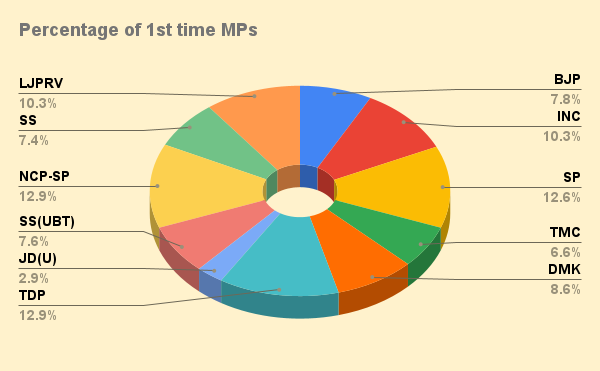
It is evident from the data that some parties have a higher influx of new faces in parliament, while others have more experienced representation. This information provides insights into the political landscape and the dynamics within each party.
All Data Courtesy PRS Legislative Research

